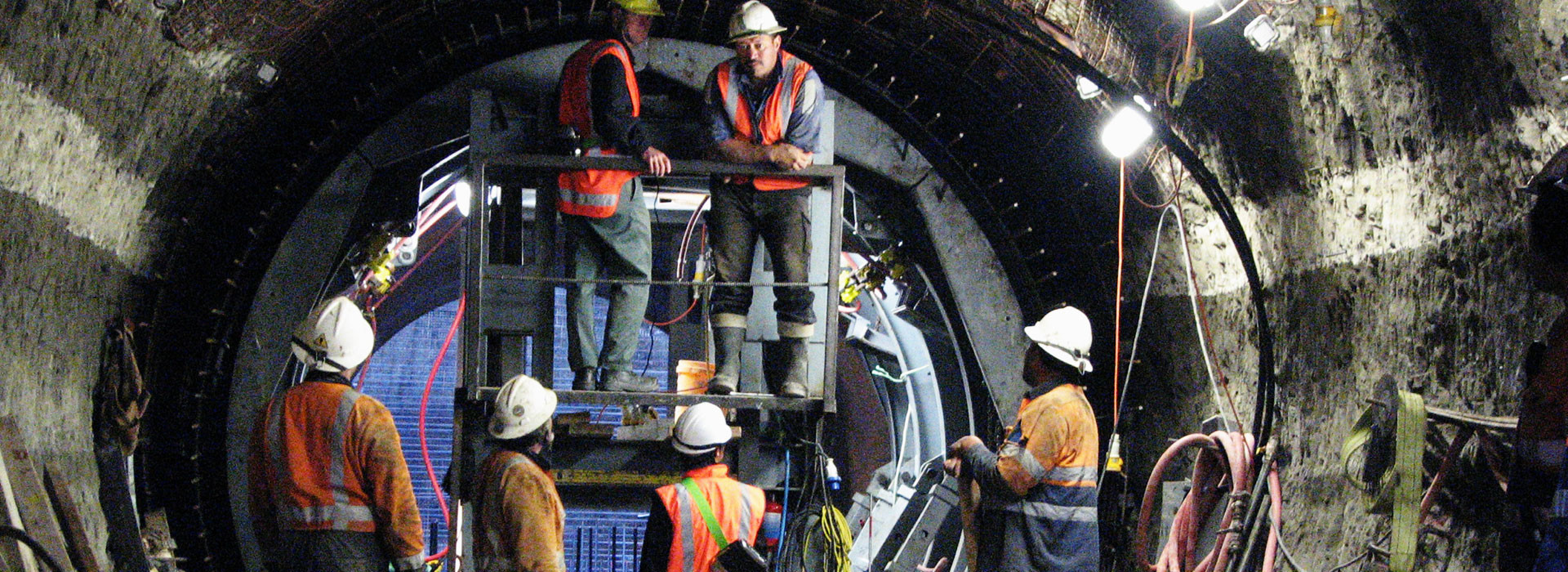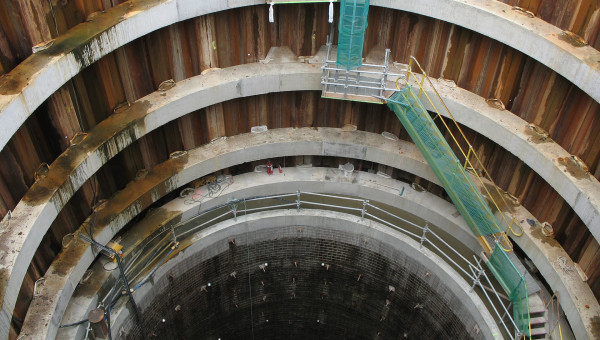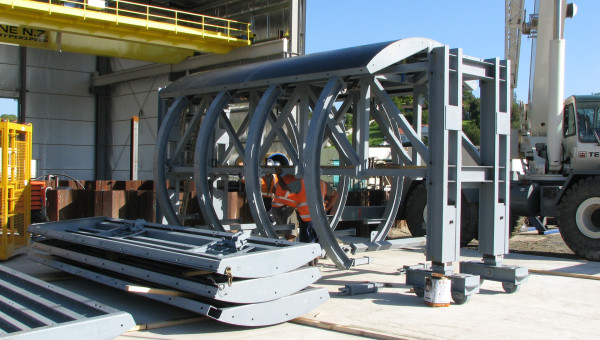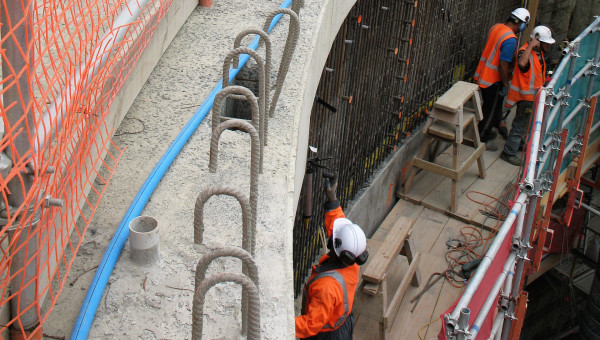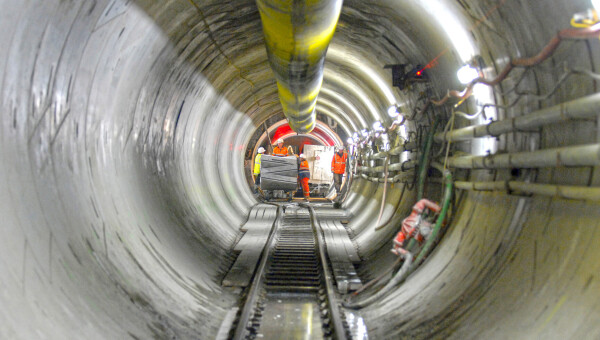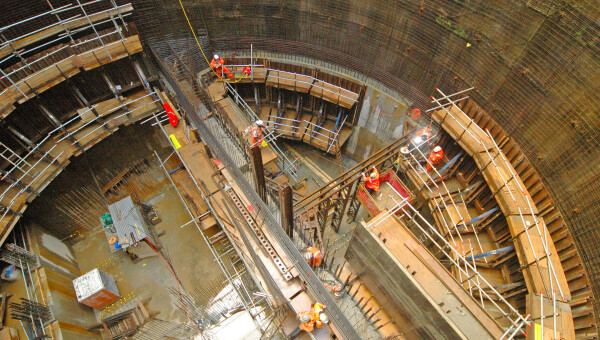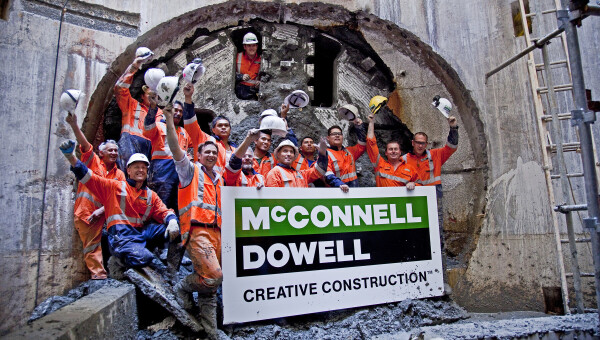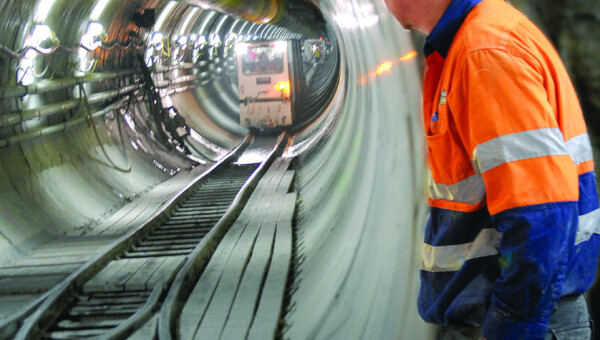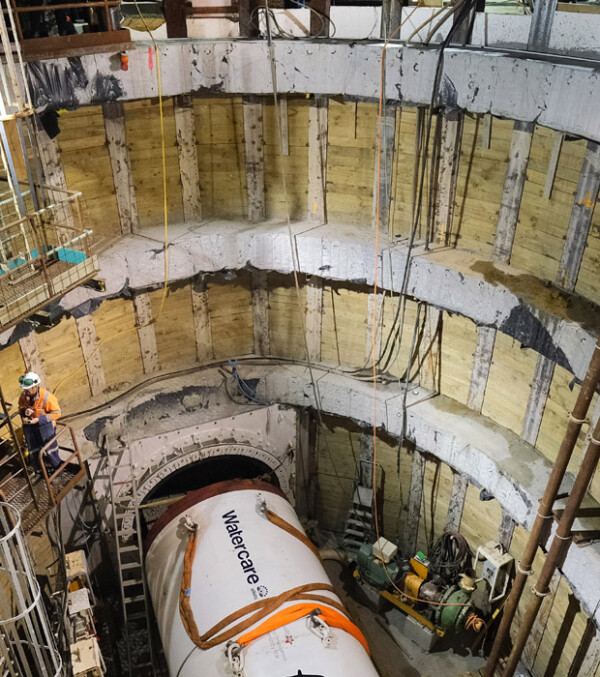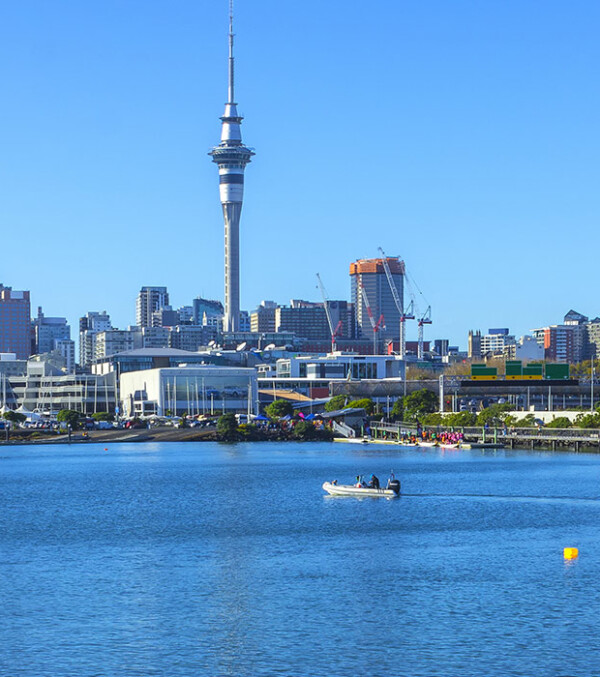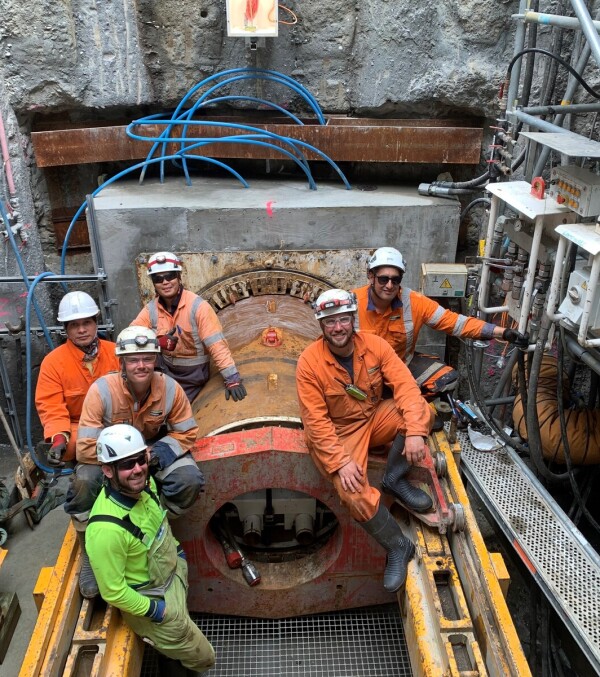|
Customer: Watercare Services Ltd Contract type: Design & Construct Location: Auckland, New Zealand |
Fast Facts
|
We introduced new tunnelling techniques and lining systems to New Zealand when we replaced the 90 year old sewage pipe crossing Hobson Bay on Auckland's waterfront. And we delivered it ahead of schedule.
The new tunnel increases sewerage capacity for projected population growth and prevents wastewater overflows into the bay and Waitemata Harbour basin, a popular swimming and boating spot.
Key project challenges we overcame included dealing with the unique geology of the area, and operating quietly 24 hours a day on a site located in a residential area with imposed restrictions on traffic, operating noise, and visual impact.
We used an earth pressure balance tunnel boring machine by Lovat of Canada, and construction techniques were designed for a combination of firm rock and soft substrate. The use of this type of TBM was the first of its kind in New Zealand and in the East Coast Bays Formation, as was the use of gaskets on the segmental lining. This minimised any risk of differing ground conditions on the project.
Innovations
We developed an innovative lining design for water tight structures, which is of critical importance to safety both during construction and for the operational life of the asset.
A further innovation to reduce costs and to comply with the design requirements for no permanent fixings to be left in the lining, was to use only “screw bolts” that were able to be removed from the lining after installation, without leaving any element of the bolt in the hole. This saved on the costs of remedial works.
To minimise disruption we developed an innovative noise reduction mechanism with an enclosed head house. Tunnelling 30 m under the bay’s mud and rock floor ensured minimal environmental disturbance.
A collaborative effort, particularly in key areas such as tunnel lining design, allowed us to devise an optimum design that took into account construction costs. Extensive QA practices ensured that equipment such as the TBM and overall project deliverables were delivered to standard and on time.

